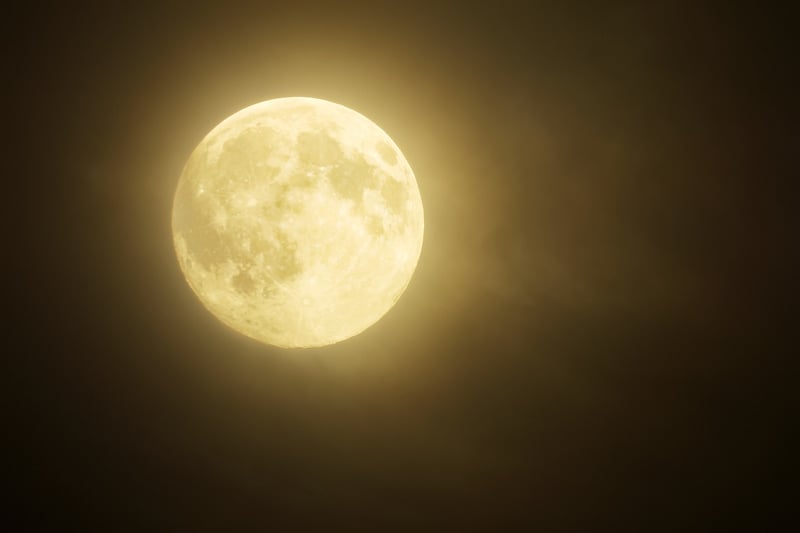Journey to the Moon
Exploring Earth's Satellite + Journey to the Moon
Introduction
Earth's satellite, the Moon, has fascinated humanity for centuries. Let's delve into the wonders of our celestial neighbor and the extraordinary journey to the Moon undertaken by humans.
Understanding Earth's Satellite
The Moon is Earth's only natural satellite, orbiting our planet at an average distance of 384,400 kilometers. It plays a crucial role in various natural phenomena, such as tides, and has captivated astronomers, scientists, and poets alike with its beauty and mystery.
Key Facts about the Moon:
- It is the fifth largest satellite in the solar system.
- The Moon's gravity affects Earth's axial tilt, influencing our planet's climate.
- It is devoid of atmosphere, making it a stark contrast to Earth.
The Journey to the Moon
Humanity's fascination with the Moon culminated in the historic Apollo missions, which landed astronauts on the lunar surface. The Apollo program, initiated by NASA, marked a significant milestone in space exploration and showcased human ingenuity and determination.
Key Highlights of the Apollo Missions:
- Apollo 11 was the first mission to land humans on the Moon, with astronauts Neil Armstrong and Buzz Aldrin taking their iconic steps on July 20, 1969.
- A total of six Apollo missions successfully landed on the Moon between 1969 and 1972.
- The Apollo program brought back valuable scientific data and samples from the lunar surface, advancing our understanding of the Moon's geology and history.
Exploration Continues
While the Apollo missions were a remarkable achievement, our exploration of the Moon continues today through robotic missions and plans for future crewed missions. Scientists and space agencies worldwide are working towards unraveling the Moon's mysteries and potential for scientific research and future human habitation.
Future Lunar Exploration:
- Upcoming missions aim to establish a sustainable human presence on the Moon, paving the way for deeper space exploration.
- New technologies and international collaborations are driving innovation in lunar exploration efforts.
- Exploring the Moon offers insights into the history of our solar system and the potential for utilizing lunar resources for future space endeavors.
Conclusion
The Moon, Earth's loyal companion, continues to inspire and intrigue us with its beauty and scientific mysteries. As we look towards the future, our journey to the Moon symbolizes humanity's relentless spirit of exploration and discovery in the vast cosmos.

Join us on this cosmic adventure as we unravel the mysteries of Earth's satellite, the Moon.
